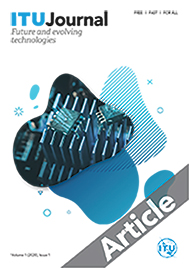 | Traditional methods for mitigating pandemics employ a dual strategy of contact tracing plus testing combined with quarantining and isolation. The contact tracing aspect is usually done via manual (human) contact tracers, which are labor-intensive and expensive. In many large-scale pandemics (e.g., COVID-19), testing capacity is resource limited, and current myopic testing strategies are resource wasteful. To address these challenges, in this work, we provide a blueprint on how to contain the spread of a pandemic by leveraging wireless technologies and advances in sequential learning for efficiently using testing resources in order to mitigate the spread of a large-scale pandemic.
We study how different wireless technologies could be leveraged to improve contact tracing and reduce the probabilities of detection and false alarms. The idea is to integrate different streams of data in order to create a susceptibility graph whose nodes correspond to an individual and whose links correspond to spreading probabilities. We then show how to develop efficient sequential learning based algorithms in order to minimize the spread of the virus infection. In particular, we show that current contact tracing plus testing strategies that are aimed at identifying (and testing) individuals with the highest probability of infection are inefficient. Rather, we argue that in a resource constrained testing environment, it is instead better to test those individuals whose expected impact on virus spread is the highest. We rigorously formulate the resource constrained testing problem as a sequential learning problem and provide efficient algorithms to solve it. We also provide numerical results that show the efficacy of our testing strategy.
|
|